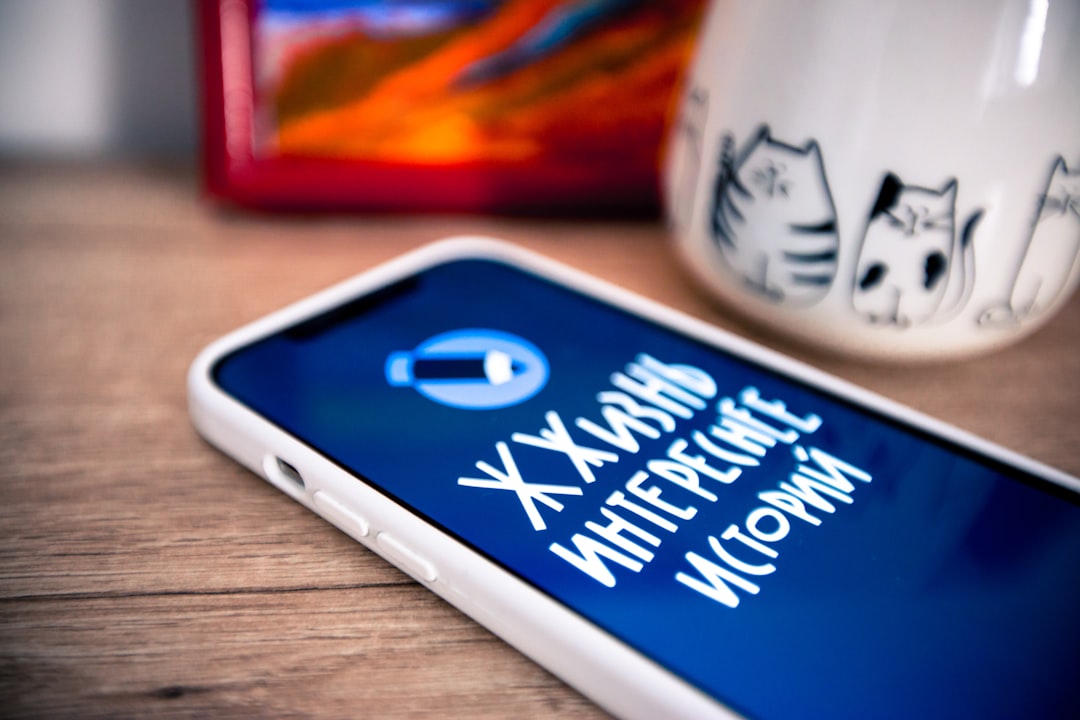We all have them – those persistent bad habits that seem to cling to us, no matter how hard we try to shake them off. Whether it’s mindlessly scrolling through social media, reaching for that extra snack, or putting off important tasks until the last minute, these behaviors can feel deeply ingrained and frustratingly difficult to change. But what if I told you that understanding the underlying psychology is the most powerful tool you have for lasting transformation? This article will delve into the science of habit formation and provide you with actionable, up-to-date strategies to finally break free and cultivate the habits that serve your best self. Let’s embark on this journey together! 😊
Understanding the Habit Loop: The Foundation of Change 🤔
At its core, a habit is a behavioral sequence that becomes automatic in response to a specific cue. Charles Duhigg, in his seminal work “The Power of Habit,” popularized the concept of the “habit loop,” which consists of three main components: the cue, the routine, and the reward. The cue is the trigger that tells your brain to go into automatic mode and which habit to use. The routine is the behavior itself, whether physical, mental, or emotional. The reward is the positive outcome that helps your brain decide if this loop is worth remembering for the future.
For example, feeling stressed (cue) might lead you to open a social media app (routine), which temporarily distracts you and provides a sense of connection or escape (reward). Over time, this loop strengthens, making the routine almost involuntary. Recognizing these three elements in your own bad habits is the crucial first step towards dismantling them.
Recent research emphasizes that habits are not just about repetition; they are deeply tied to our brain’s reward system. The stronger the perceived reward, the more entrenched the habit becomes. Understanding this helps us identify what our bad habits are truly trying to give us.
The Neuroscience Behind Bad Habits 🧠
Our brains are incredibly efficient machines, constantly seeking ways to automate tasks to conserve energy. This is where habits come in. The basal ganglia, a region deep within the brain, plays a significant role in habit formation and storage. When you repeat a behavior, especially one followed by a reward, neural pathways in this area strengthen, making the behavior more automatic.
Dopamine, often called the “feel-good” neurotransmitter, is central to this process. It’s not just about pleasure; dopamine is heavily involved in motivation and reward prediction. When a cue signals an impending reward, dopamine levels surge, driving us to perform the routine. This explains why breaking habits can feel so challenging – we’re fighting against deeply wired neural circuits and powerful motivational signals. However, the good news is that our brains exhibit neuroplasticity, meaning they can change and adapt throughout our lives, allowing us to form new, positive habits and weaken old, undesirable ones.
Key Brain Regions in Habit Formation
| Region | Primary Role in Habits | Impact on Breaking Habits | Related Neurotransmitter |
|---|---|---|---|
| Basal Ganglia | Stores and executes automatic routines. | Makes habits hard to consciously override. | Dopamine, Acetylcholine |
| Prefrontal Cortex | Involved in conscious decision-making, planning, willpower. | Essential for initiating new behaviors and resisting old ones. | Dopamine, Norepinephrine |
| Nucleus Accumbens | Part of the reward circuit, mediates pleasure and motivation. | Drives the pursuit of rewards associated with habits. | Dopamine |
| Hippocampus | Memory formation, linking cues to context. | Helps us remember the context in which habits occur. | Glutamate |
Relying solely on willpower is often a losing battle. Willpower is a finite resource that depletes with use. Instead of fighting your urges head-on, focus on changing your environment and creating systems that make good habits easier and bad habits harder.
Key Checkpoints: What You Absolutely Must Remember! 📌
Have you been following along well? Since this article is quite long, let’s recap the most important takeaways. Please keep these three points in mind.
-
✅
Understand the Habit Loop:
Every habit, good or bad, follows a cue-routine-reward cycle. Identifying these components is the first critical step to intervention. -
✅
Leverage Neuroplasticity:
Your brain can rewire itself! Consistent, small changes can create new neural pathways, making desired behaviors automatic over time. -
✅
Focus on Environment and Systems, Not Just Willpower:
Design your surroundings to make bad habits difficult and good habits easy. This “architectural” approach is more sustainable than brute-force willpower.
Proven Psychological Strategies for Habit Breaking 📊
Now that we understand the “why,” let’s explore the “how.” Modern psychology offers a wealth of strategies to help you break free from unwanted habits. The key is to disrupt the habit loop at one or more points, making the bad habit less appealing or harder to perform, and replacing it with a more beneficial behavior.
- Identify Your Cues: What triggers your bad habit? Is it a specific time of day, a feeling, a person, or a place? Once you know your cues, you can either avoid them or prepare a different response.
- Substitute the Routine: You can’t simply eliminate a habit; you need to replace it. When the cue appears, consciously choose a different, healthier routine that provides a similar reward. For instance, if stress leads to smoking, try deep breathing or a quick walk instead.
- Change Your Environment: Make bad habits invisible or difficult. If you want to stop late-night snacking, don’t keep unhealthy snacks in the house. If you want to reduce screen time, move your phone out of the bedroom. This is often referred to as “increasing friction” for bad habits.
- Implement “Friction” and “Rewards”: B.J. Fogg’s Tiny Habits method emphasizes making desired behaviors easy and undesired behaviors difficult. Add friction to bad habits (e.g., logging out of social media after each use) and reduce friction for good habits (e.g., laying out workout clothes the night before). Also, celebrate small wins to reinforce new positive behaviors.
- Practice Mindfulness and Self-Compassion: Being present allows you to notice the urge to engage in a bad habit before you act on it. Instead of self-criticism, approach setbacks with self-compassion, understanding that change is a process, not a single event.
- “If-Then” Planning (Implementation Intentions): This powerful technique involves deciding in advance when and where you will act on a new habit or avoid an old one. For example, “If I feel the urge to check social media during work, then I will open my task list instead.” Studies show this significantly increases success rates.
The latest trend in habit science emphasizes “identity-based habits.” Instead of focusing on what you want to achieve, focus on who you want to become. For example, instead of “I want to stop smoking,” think “I am a non-smoker.” This shift in identity makes it easier to align your actions with your desired self.
Real-World Application: A Case Study in Overcoming Procrastination 📚
Let’s look at how these psychological approaches can be applied in a real-world scenario. Meet Sarah, a marketing professional who struggled with chronic procrastination, especially when it came to writing reports.

Sarah’s Situation
- Bad Habit: Procrastinating on report writing, often leading to late nights and stress.
- Cue: Opening the blank document or receiving a report assignment.
- Routine: Getting distracted by emails, social media, or other “easier” tasks.
- Reward: Temporary relief from the daunting task, a false sense of productivity.
Her Psychological Approach
1) Cue Management: Sarah identified that the blank document was a major trigger. She started by immediately writing down just three bullet points for the report as soon as she opened it, reducing the “blank page paralysis.”
2) Routine Substitution & Friction: Instead of getting distracted, she implemented an “if-then” plan: “If I open a report and feel the urge to check email, then I will set a 25-minute timer and focus only on the report.” She also used website blockers to add friction to social media access during work hours.
3) Reward Redefinition: Instead of the false reward of distraction, Sarah started rewarding herself with a 5-minute break to stretch or listen to a favorite song *after* completing a focused 25-minute work block. She also focused on the feeling of accomplishment and reduced stress from finishing early.
Final Results
– Increased Productivity: Sarah now completes reports well before deadlines, reducing stress significantly.
– Improved Well-being: She feels more in control of her work and less overwhelmed, leading to better sleep and overall mood.
Sarah’s story illustrates that by systematically addressing the habit loop and applying psychological strategies, even deeply ingrained habits like procrastination can be overcome. It’s about conscious effort and strategic planning, not just wishing the habit away.
Conclusion: Summarizing Your Journey to Better Habits 📝
Breaking bad habits is a journey, not a destination. It requires self-awareness, patience, and a willingness to experiment with different strategies. By understanding the psychological underpinnings of habits – the cues, routines, and rewards – and leveraging the brain’s incredible capacity for change, you are well-equipped to take control of your behaviors.
Remember, every small step you take to disrupt an old pattern and establish a new one is a victory. Be kind to yourself, celebrate your progress, and don’t be discouraged by setbacks. You have the power to reshape your habits and, in turn, reshape your life. What bad habit are you ready to tackle first? Share your thoughts and questions in the comments below! 😊
Habit Breaking Essentials
Frequently Asked Questions ❓
